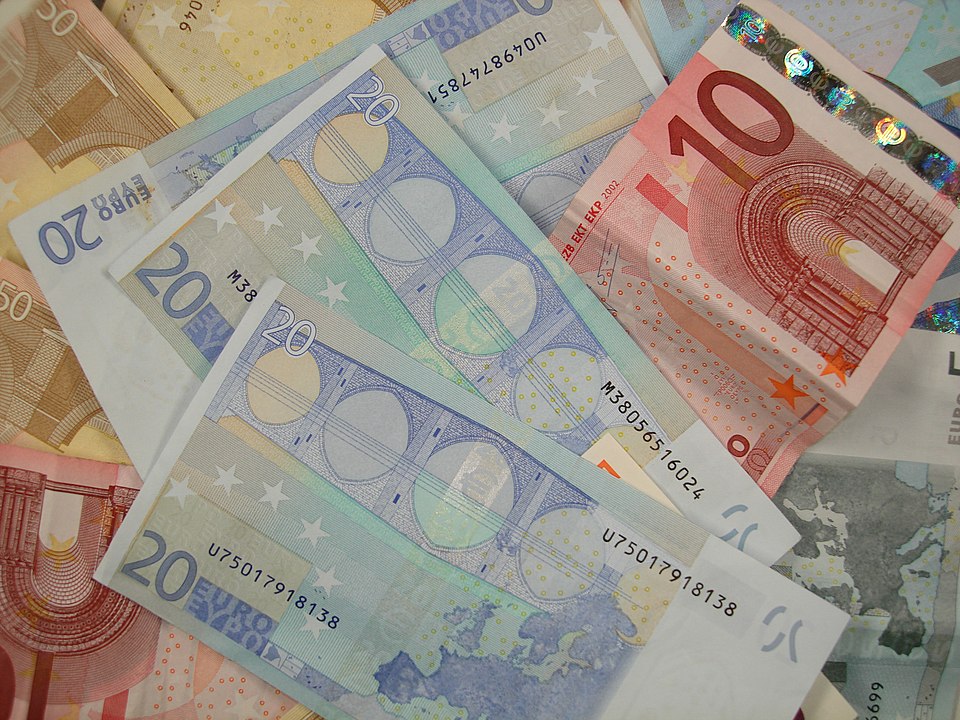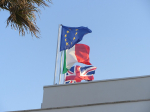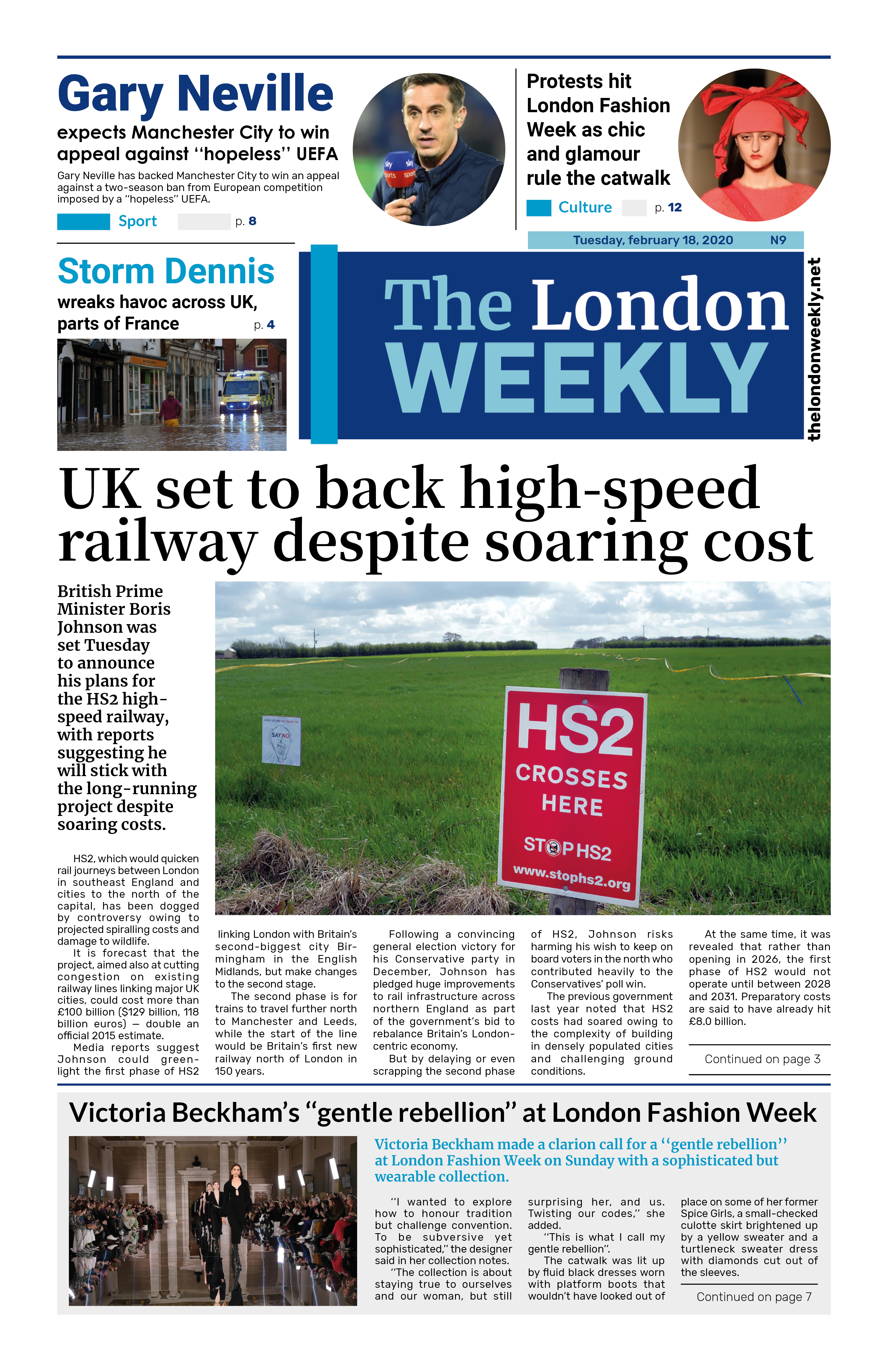
The euro slipped against the dollar on Thursday ahead of an anticipated interest rate cut by the European Central Bank (ECB), while the dollar regained strength against the yen after
U.S.-Japan trade talks sidestepped the issue of currency policy.
The ECB is widely expected to cut rates for the seventh time in a year, lowering its key rate by 25 basis points to 2.25% in an effort to support a sluggish euro zone economy impacted by U.S. tariffs.
The euro dipped 0.38% to $1.1359 after briefly touching $1.14 earlier, hovering near last week’s three-year high.
Meanwhile, investors kept an eye on Italian Prime Minister Giorgia Meloni’s visit to the White House, where she aimed to ease tensions over tariffs and present herself as a mediator between the U.S. and EU.
‘Super Thursday’ for Europe
“It’s a bit of a ‘Super Thursday’—not just for the euro, but for European bonds and the broader economy,” said Kenneth Broux, head of FX and rates research at Societe Generale. He added that any trade concessions Meloni might secure could help the ECB feel more at ease.
President Trump on Wednesday noted “big progress” in talks with Japan, which helped lift the dollar 0.56% to 142.61 yen after earlier touching a seven-month low of 141.62. Japanese officials confirmed that foreign exchange was not discussed during the negotiations.
With long yen positions near record highs, traders had hoped for signs of support for a stronger yen—but those hopes were left unfulfilled, potentially setting the stage for a reversal.
Dollar tries to rebound
The dollar has come under pressure recently amid fears that U.S. tariffs could dampen growth and stability. Despite this, it made a modest comeback Thursday ahead of the Easter holiday, though it's still on track for a fourth straight weekly loss.
The U.S. dollar index rose slightly to 99.56. Against the Swiss franc, the greenback climbed 0.49% to 0.8174. The franc has gained nearly 8% since early April—outpacing all other G10 currencies—and remains close to resistance at a decade high.
The euro and yen have also posted solid gains—both up nearly 5% in just over two weeks—though analysts suggest a pullback may be due.
With many markets closing for Good Friday and some remaining shut through Easter Monday, trading volumes are expected to thin out.
Commodity currencies mixed
The New Zealand dollar held steady above key moving averages at $0.5936 after hotter-than-expected inflation data. However, investors viewed the spike in prices as temporary and unlikely to derail the central bank’s plans for rate cuts.
The Australian dollar slipped 0.2% to $0.6358, despite a rebound in employment numbers. Market expectations for a May rate cut remain intact.
Sterling paused at $1.323, weighed down by a weaker-than-forecast inflation report earlier in the week. Photo by Lionel Allorge, Wikimedia commons.








































